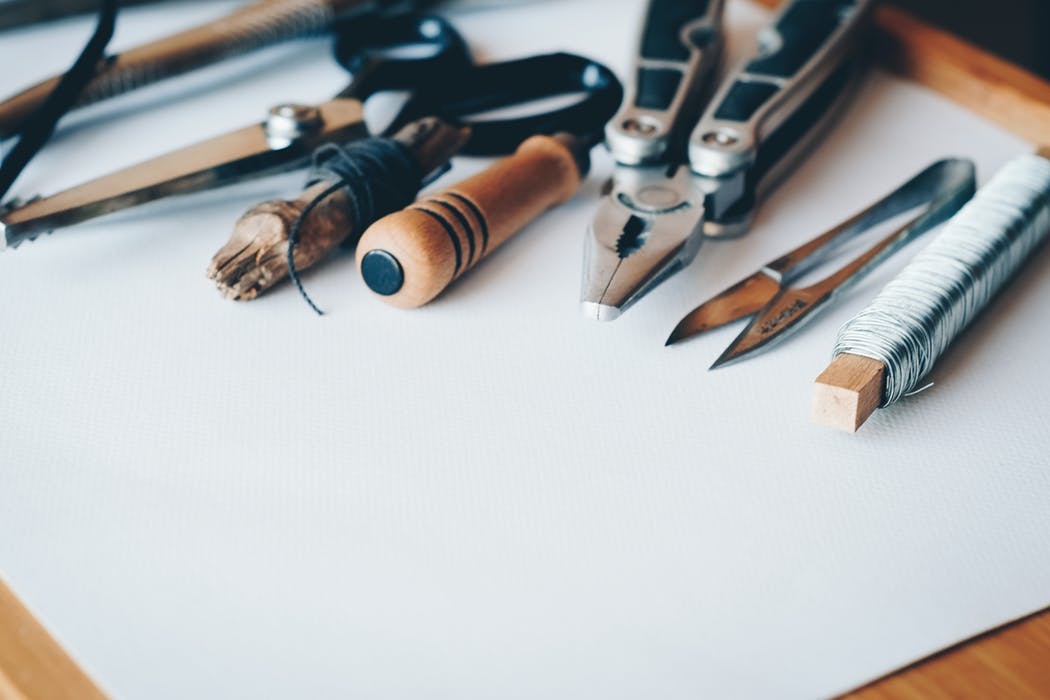
Getting stuck into DIY tasks can be very fun and very rewarding once they’ve been completed. However, there are some ways to make your DIY projects eco-friendlier. The following tips may seem very simple, but, when put into practice, you’ll be sure to see the benefits of them!
Separate your recyclables
Decorate your bins so it’s easier for kids to differentiate each bin – i.e. Glass, general recycling, rubbish, food waste etc. You could even get your child involved to decorate each bin differently. It can be a really great way to bond and spend some quality time together. This will also help them tell the different bins apart so you can be sure they put the right rubbish in the appropriate bin.
Grow Fruit & Vegetables at Home
Having a vegetable patch at home isn’t only a great eco-friendly DIY project, it’s also a great money saver! You are able to grow a range of different fruit and vegetables which you can go on to use when cooking family meals. Growing your own fruit and vegetables gives you the opportunity to create some interesting flavours, fresher than what money can buy. It’s also a great way to get your children to try different foods and be more adventurous with their food.
Cut to Size Plastic
When doing DIY projects, be sure to buy plastic cut to size from Simply Plastics. This will ensure you don’t waste any materials, making the project eco-friendlier. You can get a range of different colours and materials to perfectly suit your DIY project. Therefore, whatever the project, make sure to get the perfect plastic, cut to size.
Insulate Hot Water Pipes
Insulating your pipes can be very beneficial for your household. It’s also very cheap to insulate your pipes as well as a major energy saver. It may not be the best-looking project to do, but it is estimated you will save around $10 a year in water heating costs. You don’t even need to get someone to insulate your pipes. It’s a very simple task that can take minutes to do.
Cut to Size Wood
Much like cut to size plastic, using wood cut to size for your project will ensure you waste less materials. Wood is a common material used in DIY projects. In order to be eco-friendlier, make sure you get the materials you need, cut to size!
Re-use Materials
You’ll be surprised how many pieces of left over material gets thrown away! When you find yourself with left over materials that you don’t plan on using just yet, DON’T THROW THEM AWAY! Keep hold of any left-over materials as you may need them in the near future. Store them in an appropriate place and when you are next getting stuck into a DIY project, re-use as much left-over materials as possible. This is a great way to be eco-friendlier and save money on more materials.





Leave a Comment